What is the best time to visit Mount Abu? The answer depends on the kind of experience you want. Nestled in the Aravalli Hills, Mount Abu is Rajasthan’s only hill station, offering cool weather year-round at about 1,220 metres above sea level. Summers are mild and pleasant, winters bring a refreshing chill, and the monsoon turns the hills lush green. Each season gives the town a different charm—whether you’re seeking lively festivities, peaceful escapes, romantic moments, or outdoor adventures, choosing the right time will shape your perfect Mount Abu getaway.
Winter: October To March
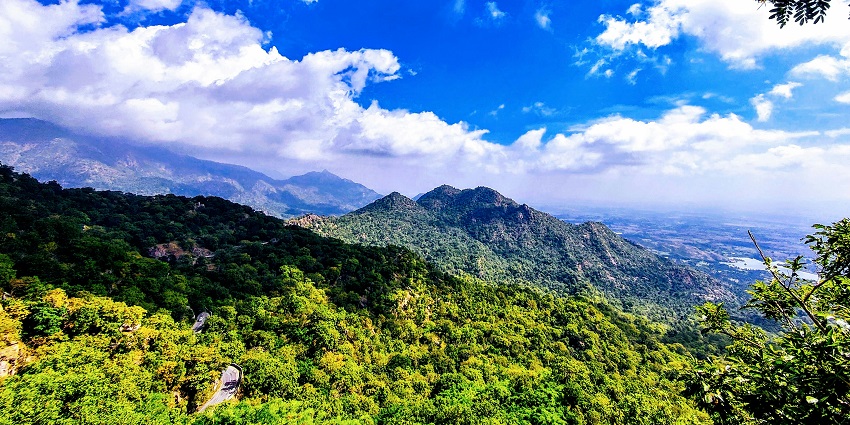
Winter is the season when Mount Abu truly comes alive. With clear skies and temperatures between 12°C and 25°C, it’s perfect for exploring on foot, whether you’re visiting the Dilwara Temples or trekking to Guru Shikhar, the highest point in the Aravalli Range, for sweeping hill views. The temples’ marble carvings glow in the soft winter light, while Nakki Lake offers still waters ideal for peaceful boating. December hosts the Winter Festival, showcasing Rajasthani folk dances, music, and crafts. Around Christmas and New Year, markets sparkle with lights, and the streets buzz with festive energy.
Summer: April To June
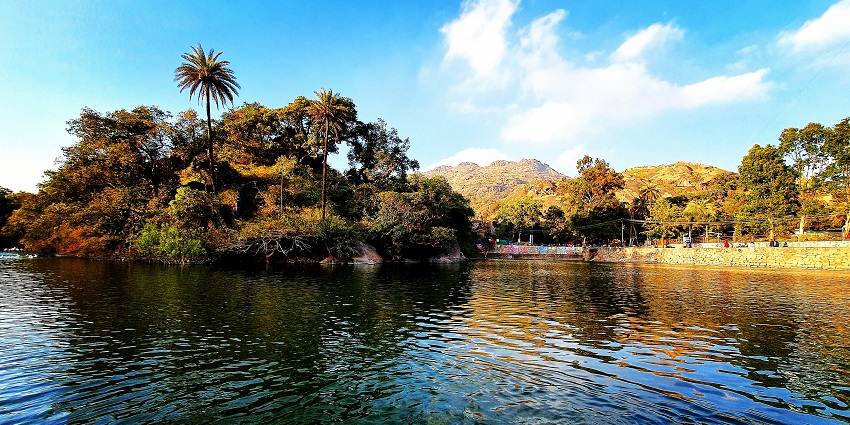
Photo: Kushal Patel / Unsplash
Summer in Mount Abu is a welcome escape from the scorching plains, with temperatures between 23°C and 33°C and pleasantly cool evenings. Mornings are ideal for sightseeing at Honeymoon Point or Sunset Point, where early light paints the hills beautifully. Afternoons suit shaded spots like the Mount Abu Wildlife Sanctuary, where tall trees, rare orchids, wild roses, and the occasional deer create a serene retreat. As the day cools, you can stroll around Nakki Lake, sample street snacks, or explore the bazaar. With fewer crowds, summer offers a quieter, more relaxed Mount Abu experience.
Monsoon: July To September
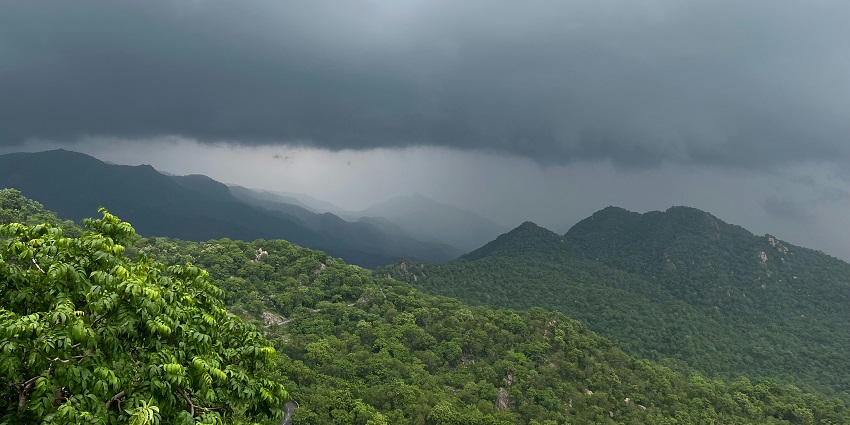
Photo: Hemant Jangid / Unsplash
Monsoon transforms Mount Abu into a lush, green retreat as rains sweep across the hills, filling streams and creating small waterfalls. Temperatures stay between 17°C and 25°C, and the fresh scent after each shower adds to the charm. With fewer tourists, the town feels calm and dreamlike, especially when mist drifts over the hills and clouds settle in the valleys. While some trekking paths become slippery and boat rides on Nakki Lake may pause during storms, there’s plenty indoors to enjoy—visit the Mount Abu Government Museum, explore temples, or relax in a café while watching the rain fall outside.
Festivals And Special Events
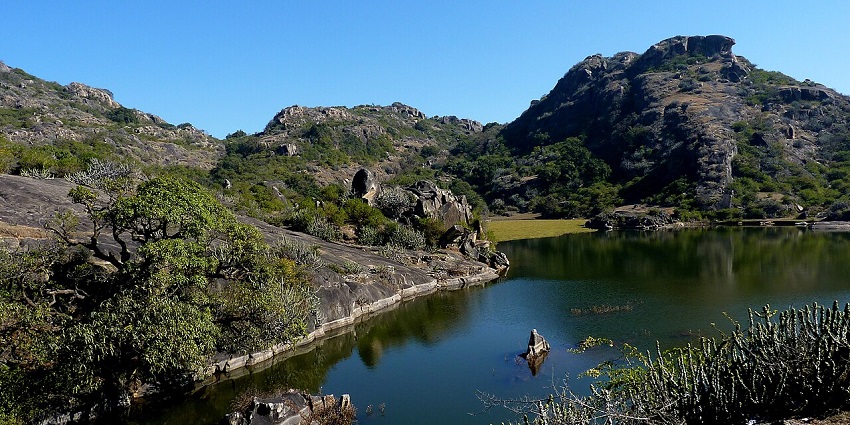
Photo: Ssteaj / Wikimedia Commons
Festivals bring a different energy to Mount Abu in every season. In May or June, the Summer Festival, held around Buddha Purnima, features colourful processions, boat races on Nakki Lake, and vibrant folk music and dance performances. December’s Winter Festival fills the streets with stalls, fresh local food, and displays of traditional art. Religious events like Mahashivratri draw large crowds to the temples. During these times, the hill station feels lively and festive, with music, colour, and celebration everywhere. Be prepared, though—festival periods also mean bigger crowds and higher prices, especially for accommodations close to the main attractions.
Tips For A Smooth Trip
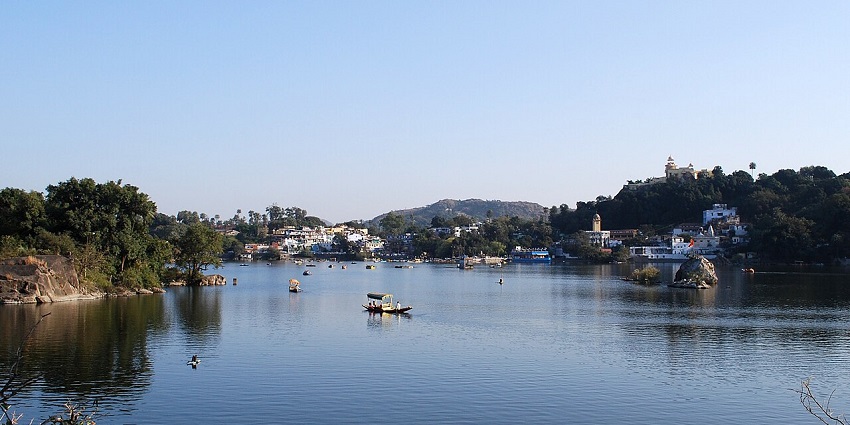
Photo: Sanyam Bahga / Wikimedia Commons
Here are some practical tips to make your Mount Abu trip smooth, comfortable, and safe, no matter which season you visit.
- Book early if travelling in winter or during festivals.
- Pack according to the season: woollens in winter, cotton in summer, and waterproof gear in monsoon.
- Carry essentials like water, light snacks, and a small first-aid kit.
- Use local taxis for steep hill roads if you are not confident driving.
- During monsoon, check weather forecasts before outdoor plans.
What is the best time to visit Mount Abu? It depends on the experience you seek—crisp, lively winters, calm summers, or lush monsoons. Each season brings its beauty, from breezy walks around Nakki Lake to panoramic views at Guru Shikhar and peaceful moments in the Dilwara Temples. Match the season to your pace and mood, and plan your perfect Mount Abu getaway with TripXL today.
Cover Photo: Vinay Bhadeshiya / Unsplash


 WhatsApp
WhatsApp
 Twitter
Twitter









